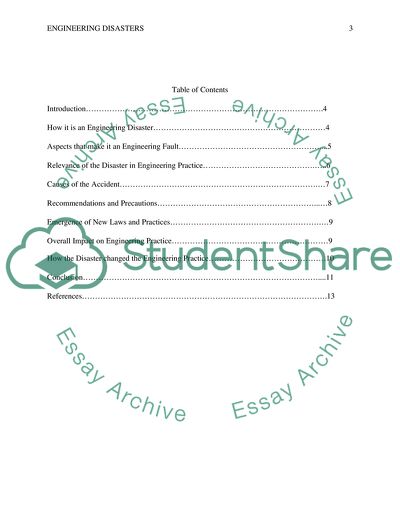Cite this document
(Concorde Air France Flight 4590 Crash Case Study Example | Topics and Well Written Essays - 2750 words, n.d.)
Concorde Air France Flight 4590 Crash Case Study Example | Topics and Well Written Essays - 2750 words. https://studentshare.org/engineering-and-construction/1879091-engineering-disasters
Concorde Air France Flight 4590 Crash Case Study Example | Topics and Well Written Essays - 2750 words. https://studentshare.org/engineering-and-construction/1879091-engineering-disasters
(Concorde Air France Flight 4590 Crash Case Study Example | Topics and Well Written Essays - 2750 Words)
Concorde Air France Flight 4590 Crash Case Study Example | Topics and Well Written Essays - 2750 Words. https://studentshare.org/engineering-and-construction/1879091-engineering-disasters.
Concorde Air France Flight 4590 Crash Case Study Example | Topics and Well Written Essays - 2750 Words. https://studentshare.org/engineering-and-construction/1879091-engineering-disasters.
“Concorde Air France Flight 4590 Crash Case Study Example | Topics and Well Written Essays - 2750 Words”. https://studentshare.org/engineering-and-construction/1879091-engineering-disasters.


